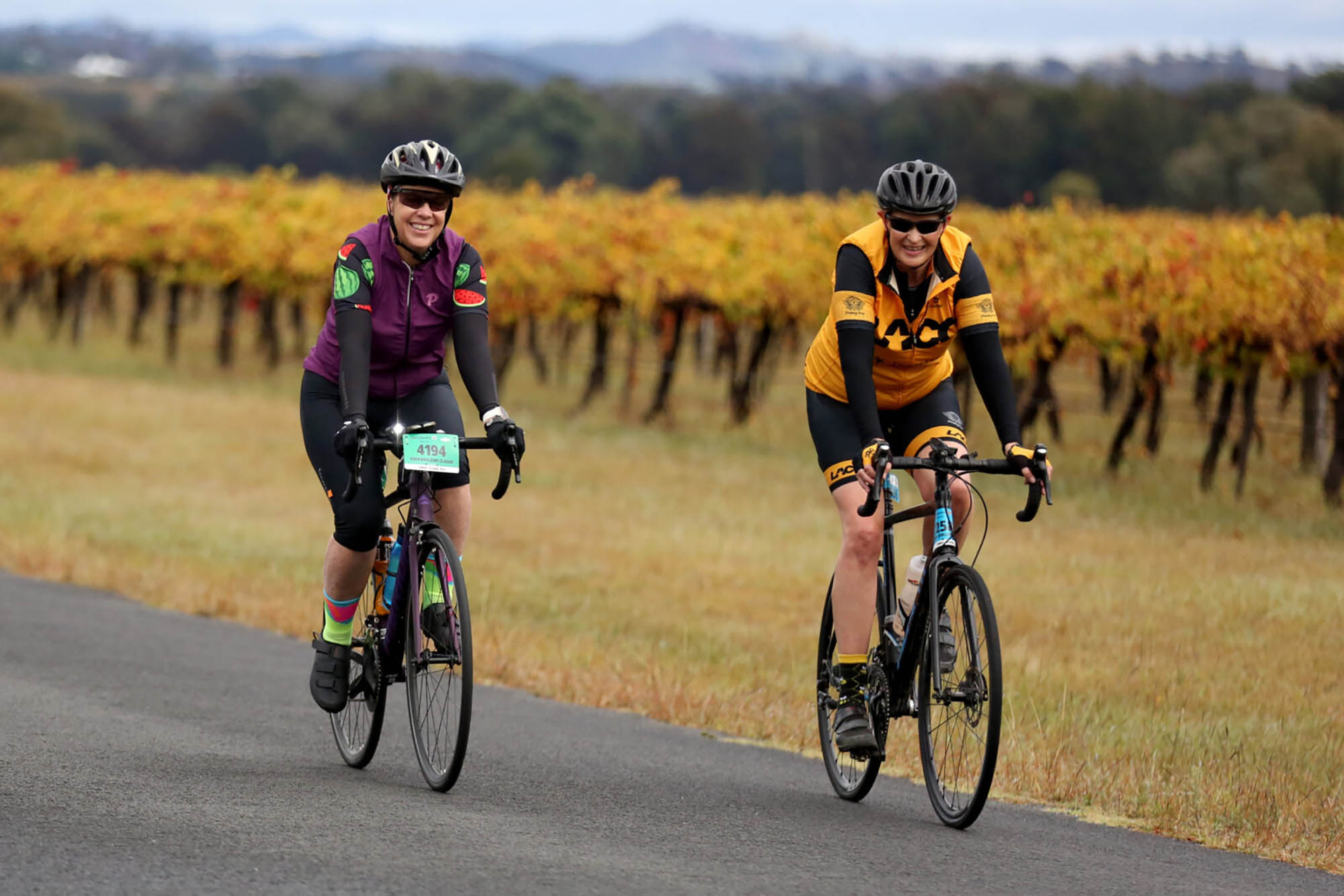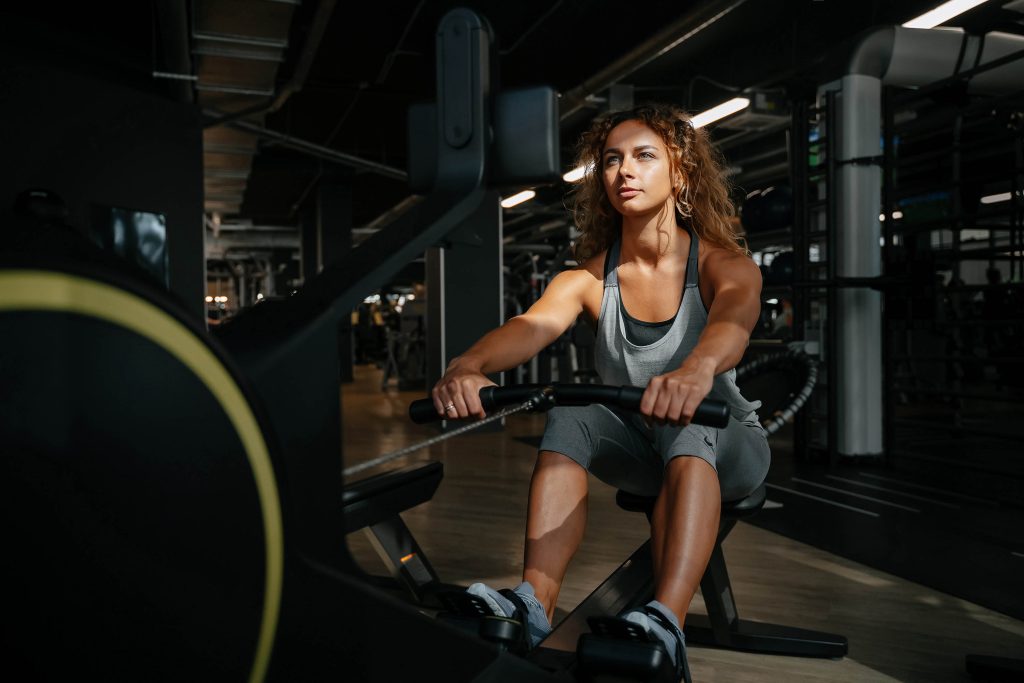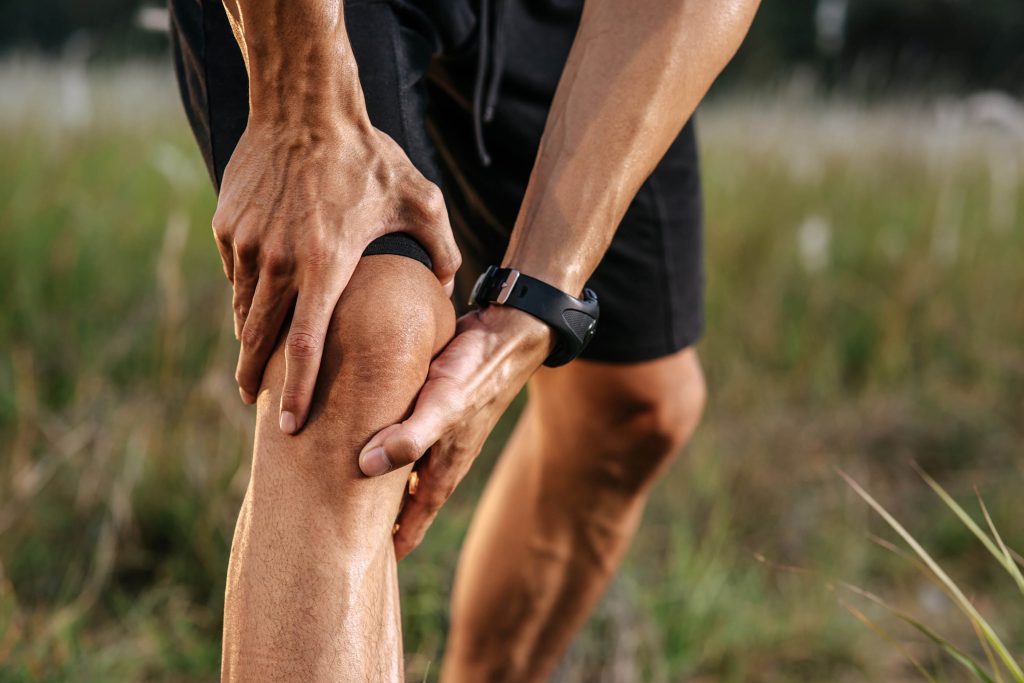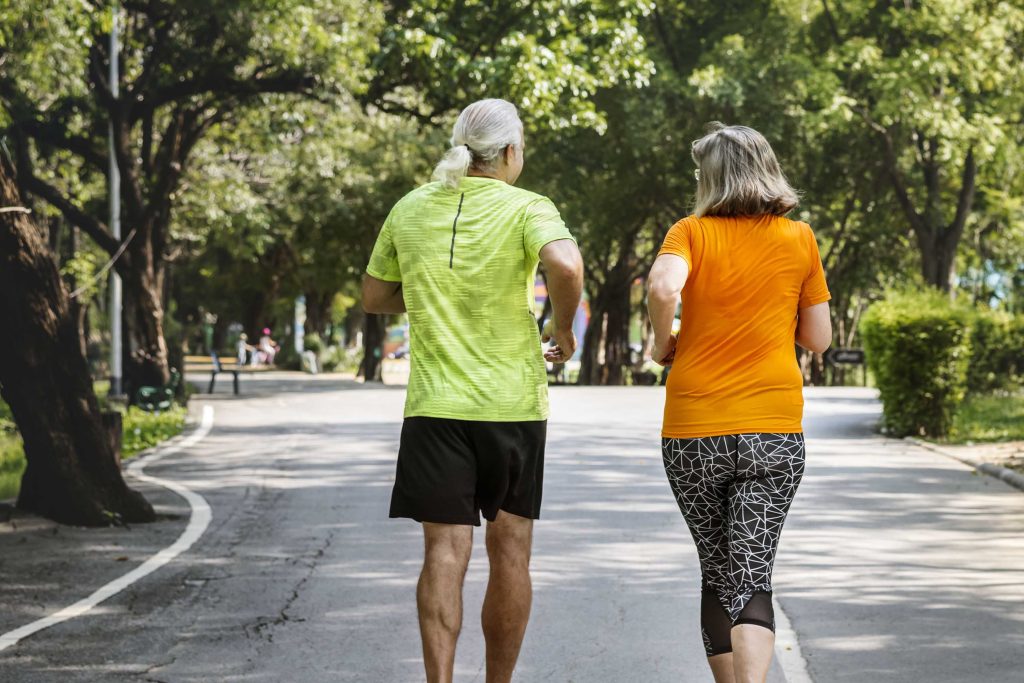Cycling is a fantastic way to stay fit. It boosts cardiovascular health, lowers stress, and builds endurance. But because it’s a non-weight-bearing activity, road cycling can lead to lower bone mineral density — increasing the risk of fractures, especially in the hip and spine after a crash or fall.
What the Research Says
Studies have consistently shown that cyclists often have lower bone density than athletes in weight-bearing sports, and even compared to the general population.
A systematic review found that adult cyclists had significantly lower bone density in the hip and spine compared to non-cyclists.
A study by Nichols et al revealed that more than 60% of master cyclists had low bone density, with 15% showing signs of osteoporosis.
Even younger cyclists (25–35 years) weren’t immune — 25% showed osteopenia (low bone density) in the spine.
These findings highlight the importance of including other forms of training alongside cycling.

Why Resistance Training Helps
Resistance training places stress on the bones as muscles contract, stimulating the growth of new bone. For cyclists, this type of training:
Improves bone density and reduces fracture risk
Boosts power and force applied through the pedals
Corrects muscle imbalances and improves posture
Enhances balance, coordination, and functional strength
Reduces injury risk and supports long-term independence as we age
Just two sessions per week, around 30 minutes each, can make a difference. The exercises don’t need to be complicated and can even be done at home with simple equipment like bands or body weight.
Getting Started
If you’re new to resistance training, it’s best to seek guidance from a professional. A safe, structured program ensures you’ll get the most benefit without risking injury.
💡 Tip: Drop into Mudgee Physio and chat with us about building a resistance program that works alongside your cycling goals.




